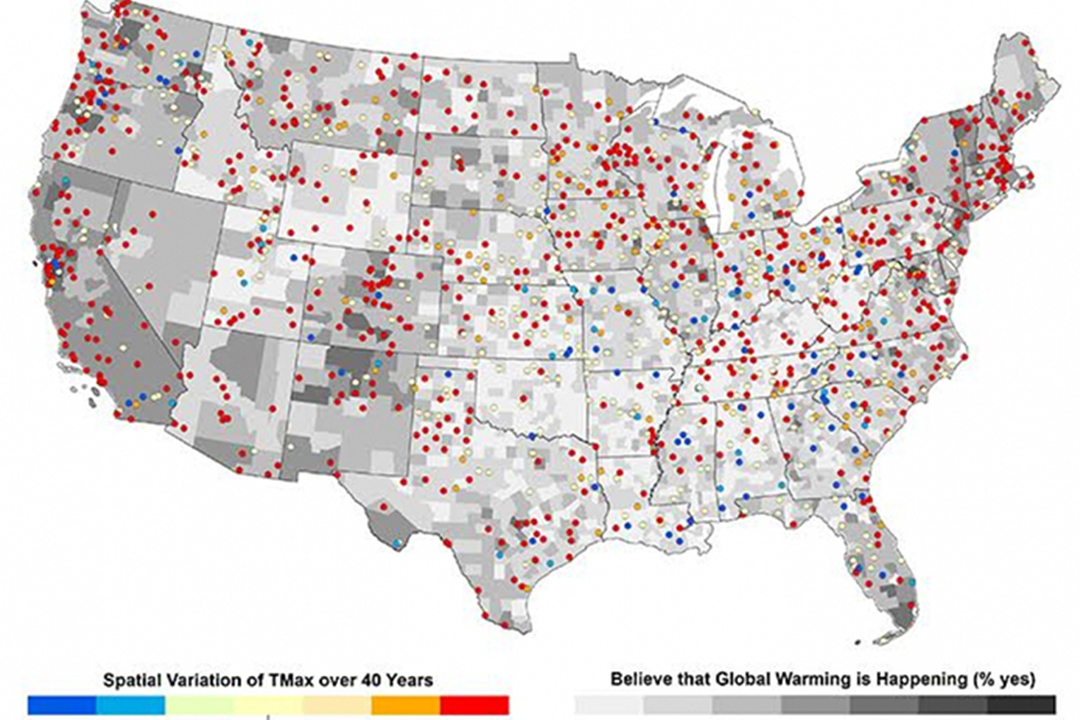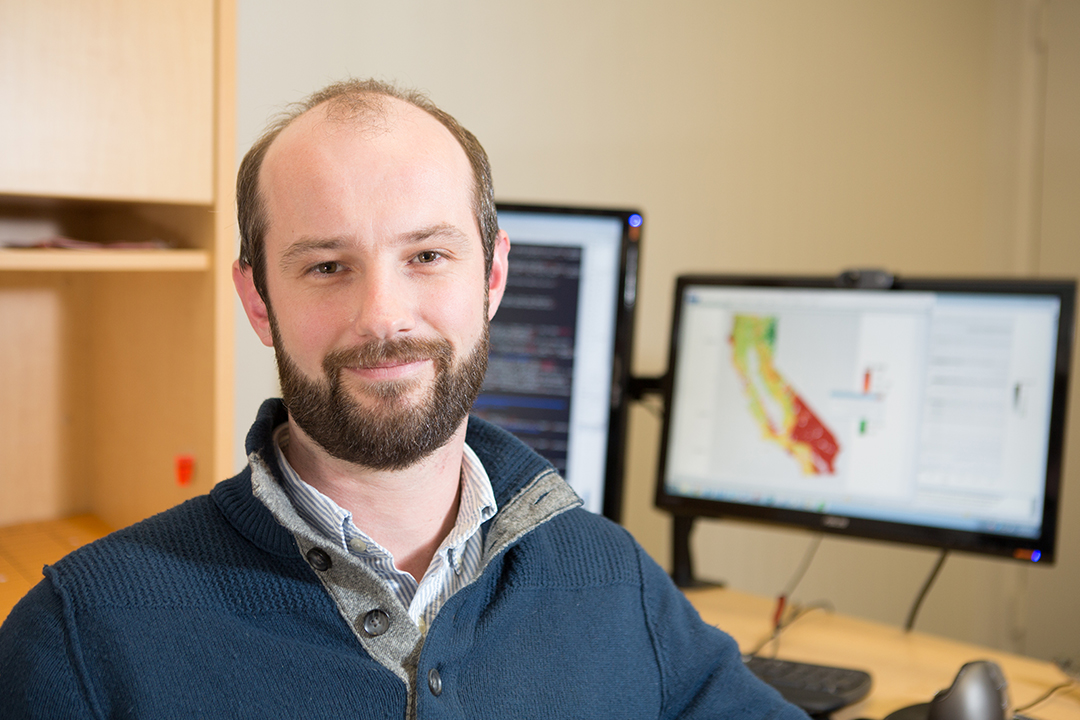A new study, co-authored by Associate Professor of Geography Michael Mann, found that local weather may play an important role in our belief about climate change. The research revealed that Americans’ certainty that the earth is warming is related to the frequency of weather-related events they experience, suggesting that local changes in their climate influence their acceptance of this worldwide phenomenon.
“One of the greatest challenges to communicating scientific findings about climate change is the cognitive disconnect between local and global events,” Mann explained. “It is easy to assume that what you experience at home must be happening elsewhere.”
Mann and his research colleagues found that Americans who experience more record highs than lows in temperature are more likely to believe the earth is warming. Conversely, Americans who live in areas that have experienced record low temperatures, such as southern portions of Ohio and the Mississippi River basins, are more skeptical that the earth is warming. Part of this dichotomy may be because of the early terminology used to describe climate change that suggested the earth was simply “warming,” and not changing in innumerable but measurable ways. This might have led residents living in areas that experienced an unusually cold winter to doubt that climate change is occurring.
“Who do Americans trust about climate change: scientists or themselves?” said Robert Kaufmann, a geography professor at Boston University and lead author of the paper. “For many Americans, the answer seems to be themselves.”
The study also found that a recent period of lower-than-average temperatures offset the effect of a long warming period, further supporting their findings that people’s belief in climate change is local and experiential.

Americans' Belief In Global Warming Based on Geographic Location. Credit: Michelle Gilmore
Mann and his colleagues noted the importance of differentiating between weather, the temperatures of a relatively short period of time such as a season, and climate, the average temperatures over a period of 25 or 30 years. Emphasizing the difference between weather and climate may help scientists more effectively communicate about climate change.
The paper, “The Spatial Heterogeneity of Climate Change: An Experiential Basis for Skepticism,” was published in the Proceedings National Academy of Sciences. Mann is also the author of a fire probability study, which found that human activity—such as tossing a lit cigarette along a highway—explains as much about wildfire frequency and location as climate influences. His wildfire research was published in April in PLOS ONE.


